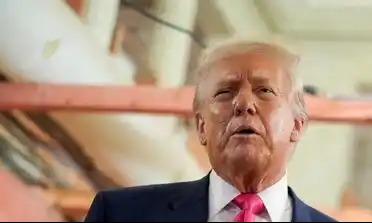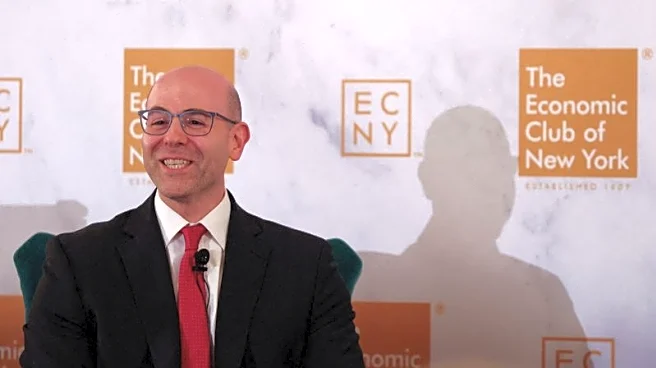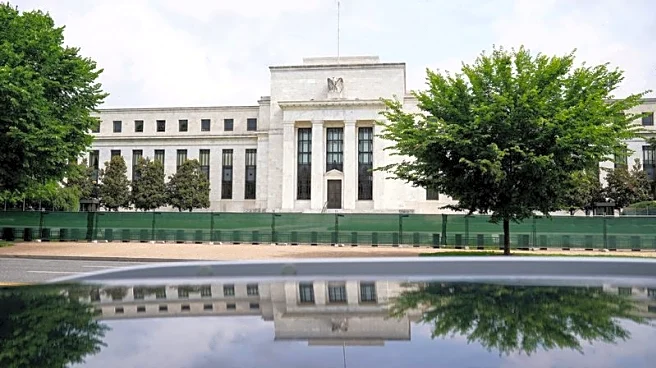What's Happening?
Federal Reserve policymakers are facing deep divisions over whether to implement another interest rate cut in December. The recent government shutdown has exacerbated these divisions by halting the release
of crucial economic data, leaving policymakers without clear guidance. Fed Chair Jerome Powell acknowledged the differing views within the Federal Open Market Committee (FOMC), with hawks concerned about inflation and doves worried about labor market weakness. The shutdown has created a 'fog' of uncertainty, as described by Powell, with the October inflation and employment reports unlikely to be released. Fed Governor Stephen Miran, appointed by President Trump, advocates for significant rate cuts, while Kansas City Fed President Jeff Schmid opposes any cuts, citing external factors affecting the labor market.
Why It's Important?
The division within the Federal Reserve highlights the challenges of navigating monetary policy amid incomplete economic data. The lack of official data due to the shutdown means policymakers must rely on alternative sources, increasing uncertainty and potentially leading to policy decisions that may not fully address economic conditions. This situation could impact financial markets, interest rates, and economic growth, affecting businesses and consumers. The debate over rate cuts reflects broader concerns about inflation and employment, with potential implications for economic stability and growth.
What's Next?
The FOMC will need to make a decision on interest rates in December, with incoming data playing a crucial role in shaping the outcome. The resolution of the government shutdown and the resumption of data releases could provide clarity, but the divisions within the committee suggest that the decision may be contentious. Stakeholders, including businesses and investors, will be closely monitoring developments, as the Fed's actions could influence market conditions and economic forecasts.
Beyond the Headlines
The situation underscores the importance of reliable economic data in policymaking and the challenges posed by political disruptions. The Fed's decision-making process may be influenced by broader political dynamics, including President Trump's appointments and preferences for lower rates. This highlights the intersection of politics and economics in shaping monetary policy.













